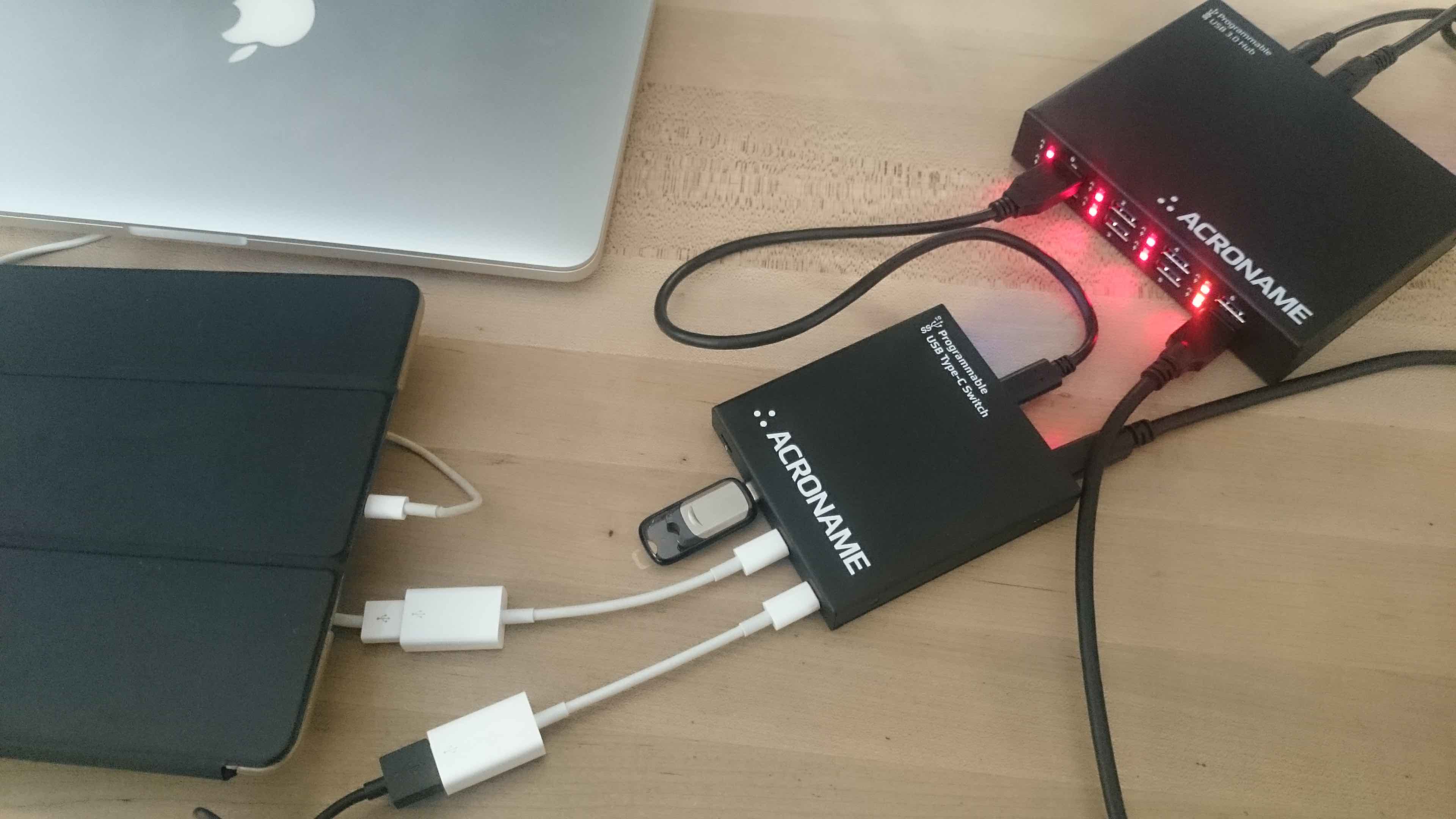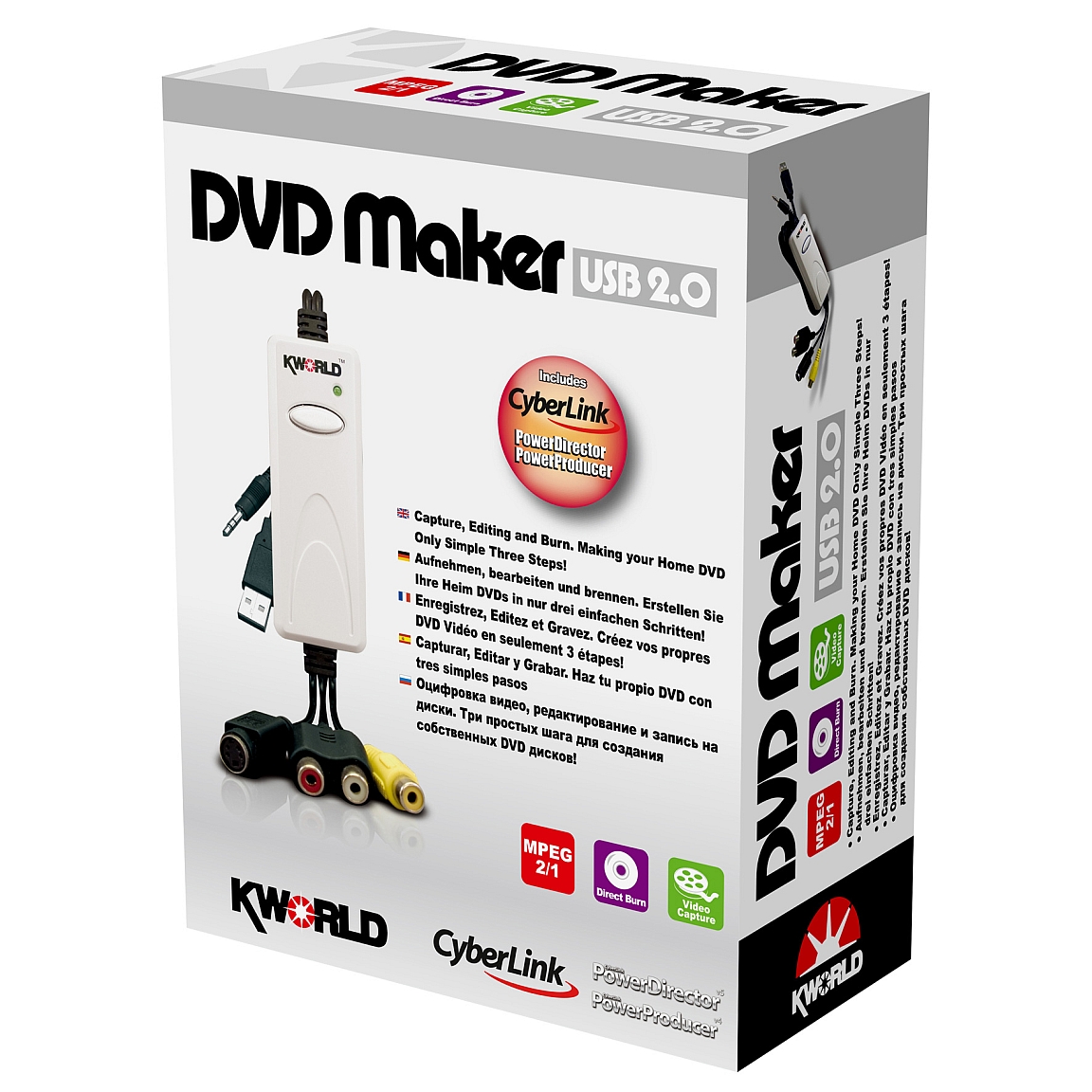Welcome to the NETGEAR Download Center!! To find documentation, firmware, software, or other files, enter a whole or partial Model number in the text search box.
Select Update Driver. If Windows doesn't find a new driver, you can try looking for one on the device manufacturer's website and follow their instructions. Reinstall the device driver. In the search box on the taskbar, enter device manager, then select Device Manager. Right-click (or press and hold) the name of the device, and select Uninstall. Virtual COM Port Driver is available in the Standard and PRO editions, so you can choose the optimal set of features that is perfectly suited to your needs. Standard version Virtual Serial Port Driver is designed to provide your system with an unlimited number of virtual serial port pairs that work like real hardware COM interfaces and fully.
For certain Universal Serial Bus (USB) devices, such as devices that are accessed by only a single application, you can install WinUSB (Winusb.sys) in the device's kernel-mode stack as the USB device's function driver instead of implementing a driver.
This topic contains these sections:
Automatic installation of WinUSB without an INF file
As an OEM or independent hardware vendor (IHV), you can build your device so that the Winusb.sys gets installed automatically on Windows 8 and later versions of the operating system. Such a device is called a WinUSB device and does not require you to write a custom INF file that references in-box Winusb.inf.
When you connect a WinUSB device, the system reads device information and loads Winusb.sys automatically.
For more information, see WinUSB Device.

Installing WinUSB by specifying the system-provided device class
When you connect your device, you might notice that Windows loads Winusb.sys automatically (if the IHV has defined the device as a WinUSB Device). Otherwise follow these instructions to load the driver:
- Plug in your device to the host system.
- Open Device Manager and locate the device.
- Select and hold (or right-click) the device and select Update driver software... from the context menu.
- In the wizard, select Browse my computer for driver software.
- Select Let me pick from a list of device drivers on my computer.
- From the list of device classes, select Universal Serial Bus devices.
- The wizard displays WinUsb Device. Select it to load the driver.
If Universal Serial Bus devices does not appear in the list of device classes, then you need to install the driver by using a custom INF.The preceding procedure does not add a device interface GUID for an app (UWP app or Windows desktop app) to access the device. You must add the GUID manually by following this procedure.
Load the driver as described in the preceding procedure.
Generate a device interface GUID for your device, by using a tool such as guidgen.exe.
Find the registry key for the device under this key:
HKEY_LOCAL_MACHINESYSTEMCurrentControlSetEnumUSB<VID_vvvv&PID_pppp>
Under the Device Parameters key, add a String registry entry named DeviceInterfaceGUID or a Multi-String entry named DeviceInterfaceGUIDs. Set the value to the GUID you generated in step 2.
Disconnect the device from the system and reconnect it to the same physical port.Note If you change the physical port then you must repeat steps 1 through 4.
Writing a custom INF for WinUSB installation
As part of the driver package, you provide an .inf file that installs Winusb.sys as the function driver for the USB device.
The following example .inf file shows WinUSB installation for most USB devices with some modifications, such as changing USB_Install in section names to an appropriate DDInstall value. You should also change the version, manufacturer, and model sections as necessary. For example, provide an appropriate manufacture's name, the name of your signed catalog file, the correct device class, and the vendor identifier (VID) and product identifier (PID) for the device.

Also notice that the setup class is set to 'USBDevice'. Vendors can use the 'USBDevice' setup class for devices that do not belong to another class and are not USB host controllers or hubs.
If you are installing WinUSB as the function driver for one of the functions in a USB composite device, you must provide the hardware ID that is associated with the function, in the INF. You can obtain the hardware ID for the function from the properties of the devnode in Device Manager. The hardware ID string format is 'USBVID_vvvv&PID_pppp'.
The following INF installs WinUSB as the OSR USB FX2 board's function driver on a x64-based system.
Starting in Windows 10, version 1709, the Windows Driver Kit provides InfVerif.exe that you can use to test a driver INF file to make sure there are no syntax issues and the INF file is universal. We recommened that you provide a universal INF. For more information, see Using a Universal INF File.
Only include a ClassInstall32 section in a device INF file to install a new custom device setup class. INF files for devices in an installed class, whether a system-supplied device setup class or a custom class, must not include a ClassInstall32 section.
Except for device-specific values and several issues that are noted in the following list, you can use these sections and directives to install WinUSB for any USB device. These list items describe the Includes and Directives in the preceding .inf file.
USB_Install: The Include and Needs directives in the USB_Install section are required for installing WinUSB. You should not modify these directives.
USB_Install.Services: The Include directive in the USB_Install.Services section includes the system-supplied .inf for WinUSB (WinUSB.inf). This .inf file is installed by the WinUSB co-installer if it isn't already on the target system. The Needs directive specifies the section within WinUSB.inf that contains information required to install Winusb.sys as the device's function driver. You should not modify these directives.Note Because Windows XP doesn't provide WinUSB.inf, the file must either be copied to Windows XP systems by the co-installer, or you should provide a separate decorated section for Windows XP.
USB_Install.HW: This section is the key in the .inf file. It specifies the device interface globally unique identifier (GUID) for your device. The AddReg directive sets the specified interface GUID in a standard registry value. When Winusb.sys is loaded as the device's function driver, it reads the registry value DeviceInterfaceGUIDs key and uses the specified GUID to represent the device interface. You should replace the GUID in this example with one that you create specifically for your device. If the protocols for the device change, create a new device interface GUID.
Note User-mode software must call SetupDiGetClassDevs to enumerate the registered device interfaces that are associated with one of the device interface classes specified under the DeviceInterfaceGUIDs key. SetupDiGetClassDevs returns the device handle for the device that the user-mode software must then pass to the WinUsb_Initialize routine to obtain a WinUSB handle for the device interface. For more info about these routines, see How to Access a USB Device by Using WinUSB Functions.
The following INF installs WinUSB as the OSR USB FX2 board's function driver on a x64-based system. The example shows INF with WDF coinstallers.
USB_Install.CoInstallers: This section, which includes the referenced AddReg and CopyFiles sections, contains data and instructions to install the WinUSB and KMDF co-installers and associate them with the device. Most USB devices can use these sections and directives without modification.
The x86-based and x64-based versions of Windows have separate co-installers.
Note Each co-installer has free and checked versions. Use the free version to install WinUSB on free builds of Windows, including all retail versions. Use the checked version (with the '_chk' suffix) to install WinUSB on checked builds of Windows.
Each time Winusb.sys loads, it registers a device interface that has the device interface classes that are specified in the registry under the DeviceInterfaceGUIDs key.
Note If you use the redistributable WinUSB package for Windows XP or Windows Server 2003, make sure that you don't uninstall WinUSB in your uninstall packages. Other USB devices might be using WinUSB, so its binaries must remain in the shared folder.

How to create a driver package that installs Winusb.sys
To use WinUSB as the device's function driver, you create a driver package. The driver package must contain these files:
- WinUSB co-installer (Winusbcoinstaller.dll)
- KMDF co-installer (WdfcoinstallerXXX.dll)
- An .inf file that installs Winusb.sys as the device's function driver. For more information, see Writing an .Inf File for WinUSB Installation.
- A signed catalog file for the package. This file is required to install WinUSB on x64 versions of Windows starting with Vista.
Note Make sure that the driver package contents meet these requirements:
- The KMDF and WinUSB co-installer files must be obtained from the same version of the Windows Driver Kit (WDK).
- The co-installer files must be obtained from the latest version of the WDK, so that the driver supports all the latest Windows releases.
- The contents of the driver package must be digitally signed with a Winqual release signature. For more info about how to create and test signed catalog files, see Kernel-Mode Code Signing Walkthrough on the Windows Dev Center - Hardware site.
Download the Windows Driver Kit (WDK) and install it.
Create a driver package folder on the machine that the USB device is connected to. For example, c:UsbDevice.
Copy the WinUSB co-installer (WinusbcoinstallerX.dll) from the WinDDKBuildNumberredistwinusb folder to the driver package folder.
The WinUSB co-installer (Winusbcoinstaller.dll) installs WinUSB on the target system, if necessary. The WDK includes three versions of the co-installer depending on the system architecture: x86-based, x64-based, and Itanium-based systems. They are all named WinusbcoinstallerX.dll and are located in the appropriate subdirectory in the WinDDKBuildNumberredistwinusb folder.
Copy the KMDF co-installer (WdfcoinstallerXXX.dll) from the WinDDKBuildNumberredistwdf folder to the driver package folder.
The KMDF co-installer (WdfcoinstallerXXX.dll) installs the correct version of KMDF on the target system, if necessary. The version of WinUSB co-installer must match the KMDF co-installer because KMDF-based client drivers, such as Winusb.sys, require the corresponding version of the KMDF framework to be installed properly on the system. For example, Winusbcoinstaller2.dll requires KMDF version 1.9, which is installed by Wdfcoinstaller01009.dll. The x86 and x64 versions of WdfcoinstallerXXX.dll are included with the WDK under the WinDDKBuildNumberredistwdf folder. The following table shows the WinUSB co-installer and the associated KMDF co-installer to use on the target system.
Use this table to determine the WinUSB co-installer and the associated KMDF co-installer.
WinUSB co-installer KMDF library version KMDF co-installer Winusbcoinstaller.dll Requires KMDF version 1.5 or later Wdfcoinstaller01005.dll
Wdfcoinstaller01007.dll
Wdfcoinstaller01009.dll
Winusbcoinstaller2.dll Requires KMDF version 1.9 or later Wdfcoinstaller01009.dll Winusbcoinstaller2.dll Requires KMDF version 1.11 or later WdfCoInstaller01011.dll Write an .inf file that installs Winusb.sys as the function driver for the USB device.
Create a signed catalog file for the package. This file is required to install WinUSB on x64 versions of Windows.
Attach the USB device to your computer.
Open Device Manager to install the driver. Follow the instructions on the Update Driver Software wizard and choose manual installation. You will need to provide the location of the driver package folder to complete the installation.
Related topics
WinUSB Architecture and Modules
Choosing a driver model for developing a USB client driver
How to Access a USB Device by Using WinUSB Functions
WinUSB Power Management
WinUSB Functions for Pipe Policy Modification
WinUSB Functions
WinUSB
Donate
As featured in:
DS4Windows is a portable program that allows you to get the best experience while using a DualShock 4 on your PC. By emulating a Xbox 360 controller, many more games are accessible.
Features:
- Use X360-like input to use the DS4 in more games and have rumble
- Use the touchpad as a mouse or for more actions
- Use sixaxis movement for just as many actions
- Control the Lightbar: turn it off, dynamicly change by battery level, and more
- Map the buttons and sticks to other 360 controls or keyboard actions or macros
- Use profiles to quickly switch between configurations for your controllers
- Automatically switch profiles by when a certain program(s) is launched
- Hold an action to access a new whole set of controls
- Get a reading of how the sticks and sixaxis is working
- Assign a deadzone to both analog sticks, the triggers, and the sixaxis
- Automatically get new updates
What's New:
- Added an extra precaution to unplug any permanent output devices upon service stop. ViGEmBus should handle this already but just want to make sure.
- Updated Polish translation. Contribution by gregory678
- Changed locking strategy for ControllerSlotManager collection
- Fixed right click disconnect slot index for new sorted list
- Implemented a variant of Two Stage Triggers
- Added Trigger effects presets. Currently only useful for the DualSense controller
- Added averaging gyro calibration upon device connection. Contribution by firodj
- Skip unknown DS4Controls names while loading a profile
- Fixed issue with missingSettings being set for fallback value lookup on Profile load. Constantly re-saved profiles
- Only reset outDevTypeTemp on full profile save. Ensured proper controller image is used in Binding window after clicking Apply in Profile Editor
- Change arrangement of lit LED lights for DualSense controller
- Allow Touchpad Click button passthru with Mouse and Controls mode
- Changed device type settings. Now use device specific (serial) settings. Now saved to ControllerConfigs.xml
- Added check for valid output report types upon DS4 BT device connection. Can revert to using output report 0x11 if needed. Not sure if it will matter
- Ignore output plugin routine and other calls if requested profile file does not exist
Instructions:
- Download zip
- Extract the 2 programs (DS4Windows and DS4Updater) in the zip wherever you please (My Docs, Program Files, etc.)
- Launch DS4Windows
- If not in Program Files, choose where you want to save profiles
- A windows will pop up showing how to install the driver, if not, go to settings and click 'Controller/Driver Setup'
- If you have used SCP's tool in the past, you may need to uninstall the drivers to use the DS4 with bluetooth
- Connect the DS4 via a micro usb or through bluetooth (DS4 Device name: 'Wireless Controller') may need to enter pair code: 0000)
- All should be good to go once you connect the controller, if not restart DS4Windows, or even your computer.
Note: same games work with the DS4 without DS4Windows (however it does use rumble etc.) Games like these can cause double input in menus (ie pressing down on the dpad moves 2 spaces) or the wrong button to do incorrect functions. To solve this, check Hide DS4 in the settings, if you see a warning in the log/text on the bottom, that means you must close said game or client that causes the conflict and reconnect the controller.
Requirements:
Tianyu Port Devices Driver Download Windows 10
- Microsoft .NET 4.5 or higher (needed to unzip the driver and for macros to work properly)
- DS4 Driver (Downloaded & Installed with DS4Windows)
- Microsoft 360 Driver (link inside DS4Windows, already installed on Windows 7 SP1 and higher or if you've used a 360 controller before)
- Sony DualShock 4 (This should be obvious)
- Micro USB cable
- (Optional)Bluetooth 2.1+, via adapter or built in pc (Recommended) (Toshiba's bluetooth & Bluetooth adapaters using CSR currently does not work)
Tianyu Port Devices Driver Download Win 7
Popular apps in Gaming
